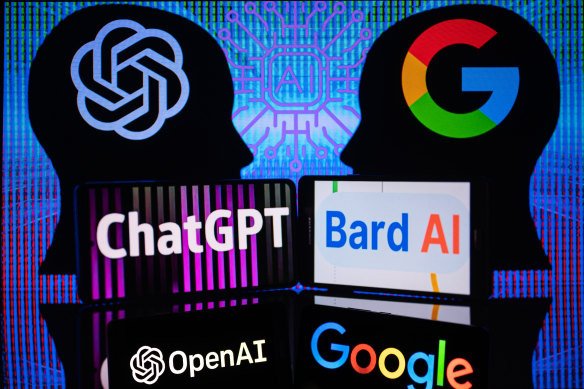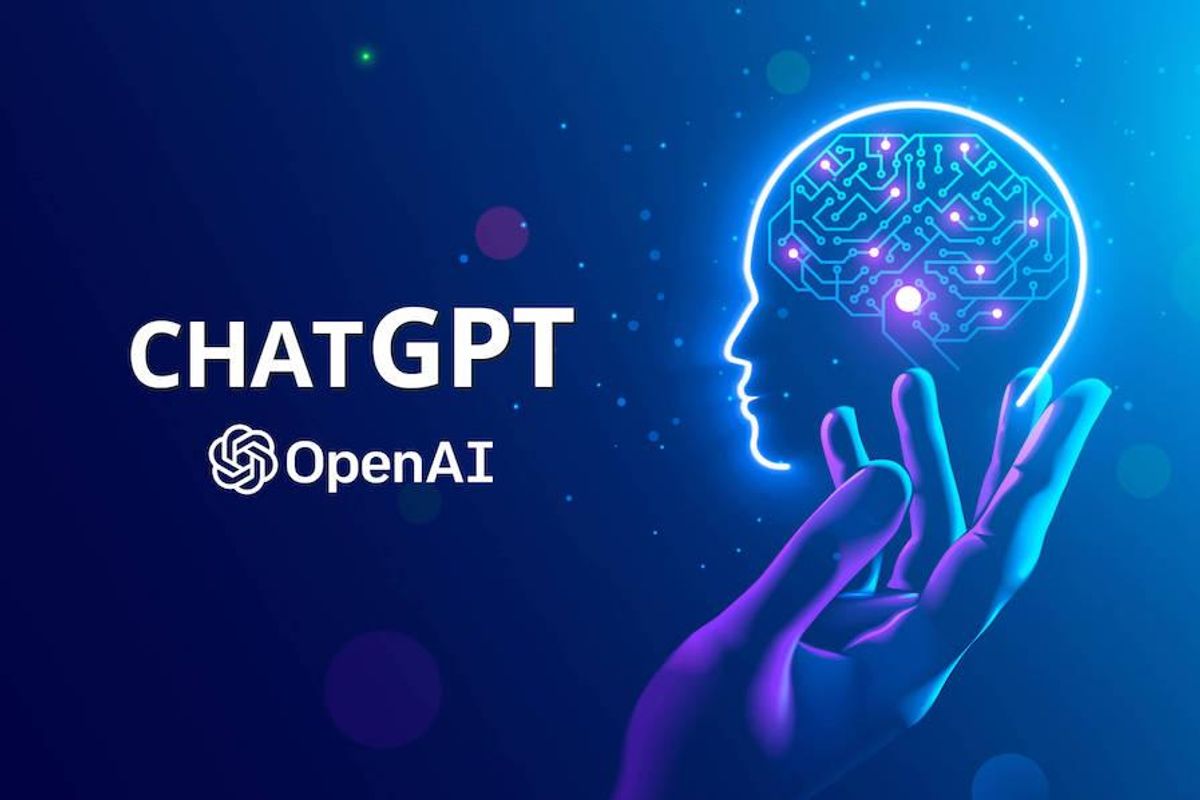1. Introduction
Google AI vs ChatGPT: A Comparison of Two Leading AI Chatbots
- Set the setting for the correlation of Google AI and ChatGPT as two driving AI chatbots. Momentarily talk about the developing unmistakable quality of simulated intelligence chatbots in different businesses. Feature the significance of understanding the distinctions between these chatbots.
2. Overview of Google AI
- Give a thorough outline of Google AI, including its set of experiences and improvements.
Talk about the vital highlights and functionalities of Google's AI chatbot.
Feature any eminent accomplishments or headways made by Google AI.
3. Overview of ChatGPT
- Introduce ChatGPT as an AI chatbot developed by OpenAI.
- Explain the origins and significance of ChatGPT in the field of natural language processing.
- Discuss the core features and capabilities of ChatGPT.
4. Feature Comparison
- Compare and contrast the features offered by Google AI and ChatGPT.
- Feature explicit functionalities, for example, multi-turn discussion taking care of, opinion examination, or coordination with outer frameworks.
Give an unmistakable breakdown of how each chatbot succeeds in specific regions and misses the mark in others.
5. Natural Language Processing Capabilities
- Explore the natural language processing capabilities of Google AI and ChatGPT.
- Make sense of how each chatbot comprehends and produces human-like reactions. Examine any progressions or special strategies utilized by each chatbot in handling and grasping language.
6. Training and Dataset
- Explain the training methodologies employed by Google AI and ChatGPT.
- Talk about the datasets used to prepare the chatbots, including size, variety, and quality. Feature any distinctions in the preparation draws near, for example, managed learning, support learning, or move learning
7. Use Cases and Applications
- Present real-world use cases and applications of Google AI and ChatGPT. Talk about the datasets used to prepare the chatbots, including size, variety, and quality. Feature any distinctions in the preparation draws near, for example, managed learning, support learning, or move learning.
- 8. Limitations and Challenges
- Discuss the limitations and challenges faced by both Google AI and ChatGPT.
- Highlight any potential biases or ethical concerns associated with the chatbots.
- Address issues related to accuracy, context comprehension, and handling of ambiguous queries.
- Explore the challenges of scaling the chatbots for high-volume or complex conversations.
- Mention any ongoing research or efforts to address these limitations and challenges.
9. Conclusion
- Summarize the key points discussed in the article.
- Emphasize the distinct features, natural language processing capabilities, and training methodologies of Google AI and ChatGPT.
- Highlight the potential use cases and applications for each chatbot.
- Remind readers of the limitations and challenges associated with these chatbots.
- Encourage readers to explore and evaluate the chatbots based on their specific requirements.







0 Comments